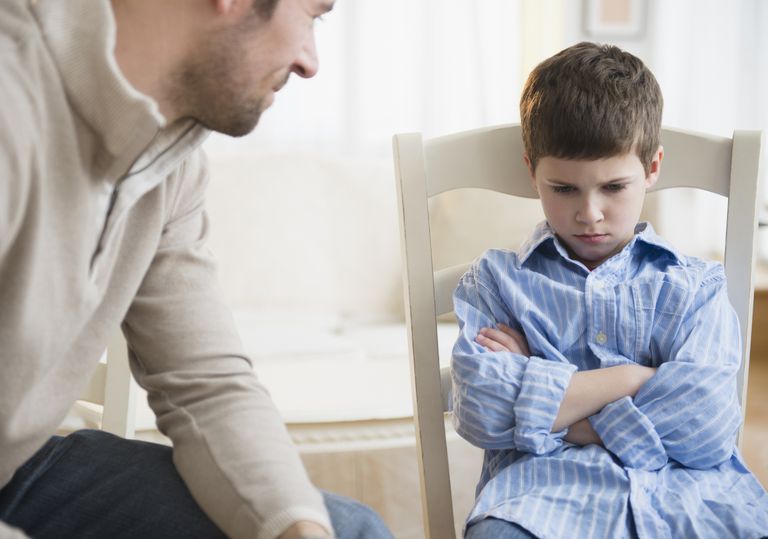Politics
Teachers Call for Action on Online Extremism Amid Rising Concerns

Members of the Post-Primary Teachers’ Association (PPTA) have officially voted to make combating online extremism a key policy priority, urging the New Zealand Government to take action. This decision comes in response to increasing reports from educators about rising misogyny, xenophobia, and anti-Māori rhetoric among students, particularly young boys. Teachers assert that social media, driven by algorithms and peer influence, plays a significant role in shaping these harmful attitudes.
In light of these developments, it is essential for parents to engage actively with their teenagers about the content they encounter online. Francesca Rudkin, a commentator on social issues, emphasizes that parents bear the primary responsibility for instilling values and beliefs in their children. As teenagers begin to form their own perspectives, parents must foster open discussions without judgment to understand the influences affecting their children’s views. Rudkin specifically mentions topics such as Andrew Tate, Donald Trump, and the concept of “trad wives,” which have surfaced in conversations among youth.
Encouraging Open Dialogue
Rudkin encourages parents to delve into potentially uncomfortable topics with their teenagers. By discussing contentious figures and current events, parents can gain insights into their children’s awareness and opinions. She acknowledges that many parents may be surprised to find how well-informed their children are about these issues, and stresses that a lack of engagement can leave parents feeling out of touch.
Teachers are on the frontline in addressing these challenges. When harmful rhetoric arises in classrooms, it is crucial for educators to intervene. They play a vital role in challenging radical views and ensuring that such perspectives do not become normalized. Schools have taken steps, such as implementing phone bans, to create a conducive learning environment, and they can similarly establish guidelines for acceptable behavior without direct government involvement.
The Role of Critical Thinking
Rudkin proposes that schools should encourage debate and teach students to disagree respectfully, especially concerning political ideologies and sensitive topics. While many teachers strive to use these moments as opportunities for critical thinking development, some may hesitate due to fears of being accused of indoctrination by parents.
There is a clear need for enhanced media literacy among students to combat misinformation and understand the complexities of issues such as xenophobia and misogyny. Yet, as Rudkin notes, teachers already face numerous demands in their roles, making it challenging to incorporate these discussions comprehensively.
In conclusion, as the PPTA calls for government action to address online extremism and its effects on students, the message to parents is clear: they must actively participate in their children’s understanding of the world. By opening lines of communication and engaging in meaningful conversations, parents can play a crucial role in shaping a more informed and responsible generation.
-

 World4 months ago
World4 months agoTest Your Knowledge: Take the Herald’s Afternoon Quiz Today
-

 Sports4 months ago
Sports4 months agoPM Faces Backlash from Fans During Netball Trophy Ceremony
-

 Lifestyle4 months ago
Lifestyle4 months agoDunedin Designers Win Top Award at Hokonui Fashion Event
-

 Entertainment5 months ago
Entertainment5 months agoExperience the Excitement of ‘Chief of War’ in Oʻahu
-

 Sports4 months ago
Sports4 months agoLiam Lawson Launches New Era for Racing Bulls with Strong Start
-

 World5 months ago
World5 months agoCoalition Forms to Preserve Māori Wards in Hawke’s Bay
-

 Health4 months ago
Health4 months agoWalking Faster Offers Major Health Benefits for Older Adults
-

 Lifestyle4 months ago
Lifestyle4 months agoDisney Fan Reveals Dress Code Tips for Park Visitors
-

 Politics4 months ago
Politics4 months agoScots Rally with Humor and Music to Protest Trump’s Visit
-

 Top Stories5 months ago
Top Stories5 months agoUK and India Finalize Trade Deal to Boost Economic Ties
-

 Health2 months ago
Health2 months agoRadio Host Jay-Jay Feeney’s Partner Secures Visa to Stay in NZ
-

 World5 months ago
World5 months agoHuntly Begins Water Pipe Flushing to Resolve Brown Water Issue









